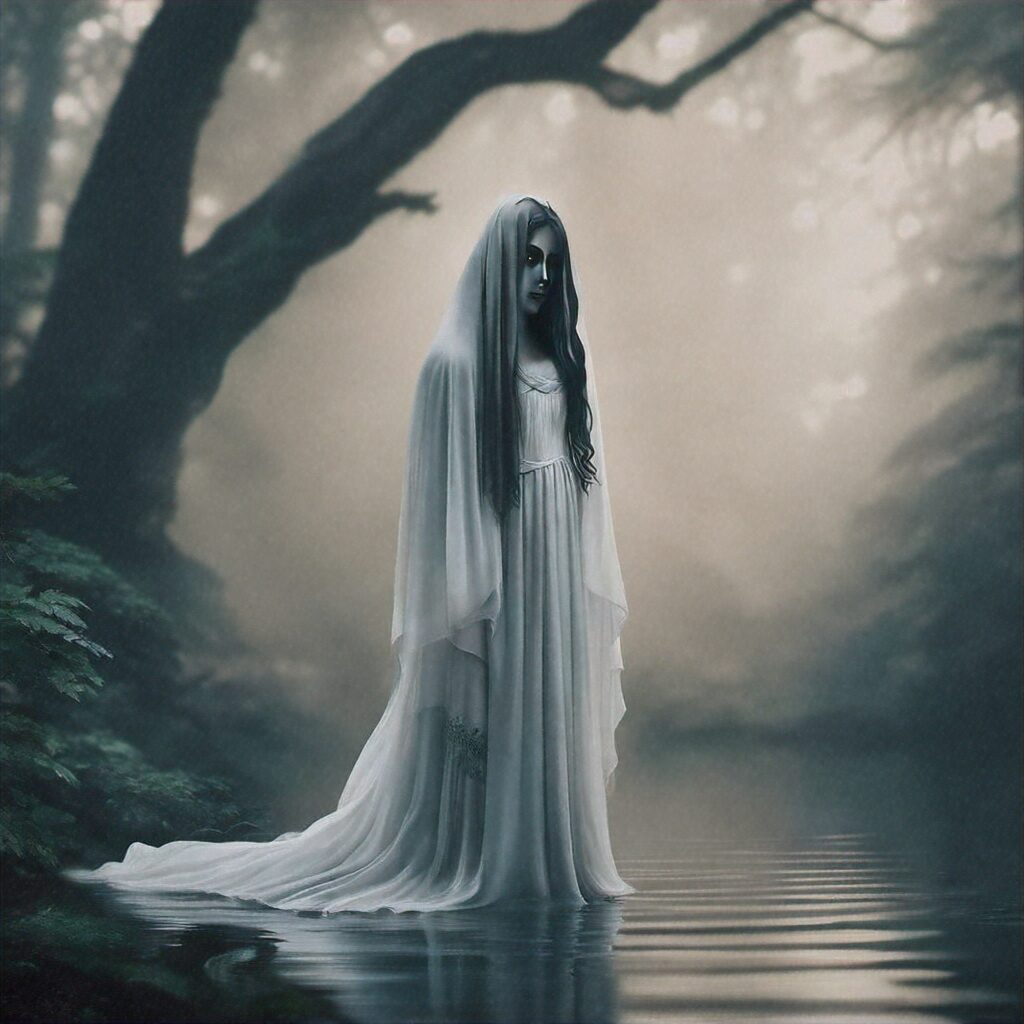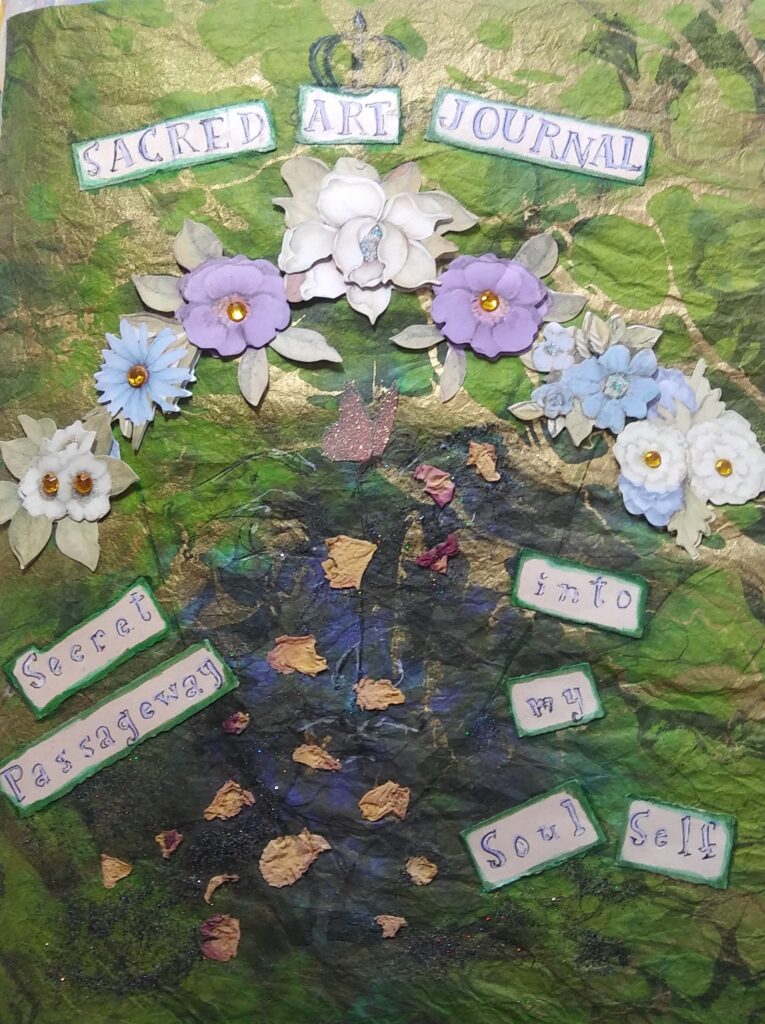The Priestess – Goddess Relationship
Blog by Lori Joan Swick
If there was ever a woman whose religious importance has not been fully acknowledged and honored, it is surely Enheduanna, high Priestess to Inanna in ancient Sumer. In fact, if there is a figure whose importance in human history has been grossly undervalued, it would have to be Enheduanna of Ur.
Was Enheduanna the First High Priestess?
Enheduanna lived in ancient Mesopotamia around 2300 BCE, which means she served as high priestess over 4,300 years ago. Not only is she the first recorded high priestess in history, but she is the first religious writer (male or female) on record and the first poet of all time.
In her marvelous book, Inanna: Lady of the Largest Heart: Poems of the Sumerian High Priestess Enheduanna, Jungian Analyst, Betty De Shong Meador analyzed three of Enheduanna’s poems that were translated from cuneiform script of Enheduanna’s hand by Sumerian Scholar, Samuel Noah Kramer. Meador says, ” Enheduanna effectively created the office of High Priestess. For five hundred years after her death, a daughter of the ruling king became high priestess at Ur and followed Enheduanna’s example” (155).
Concerning Enheduanna’s actual relationship with the goddess, Meador writes, “For Enheduanna, the role of high priestess meant living out the precepts implicit in the character of the goddess Inanna. So closely identified was Enheduanna with Inanna that as high priestess on earth, she saw herself as a mirror image of Inanna who was high priestess in the heavens” (155).
Enheduanna saw Inanna as the dominant deity and herself as the active agent of Inanna on earth. It is difficult to imagine the power, prestige, and dread that must have accompanied this responsibility. Meador goes on to say:
“As an image, Inanna shaped Enheduanna’s sense of her own true nature, her essence, and meaningful purpose. The goddess, as a divine image of the Real, reflects the numinous order of the whole, against which the worshipful high priestess defines in her small, human way her own vocation. As high priestess, she becomes the conduit that expresses the essence of the Real to worshippers on earth. Enheduanna’s relationship to Inanna developed into one of love for the divine” (188).
What Resonates from Enheduanna's Experiences as High Priestess for Women Today?
Though many amazing parallels can be made between Enheduanna’s high priestess relationship with the goddess and women’s spiritual experiences today, I will focus on the two that I believe are most important to consider in terms of trying to decide of the ancient goddess / high priestess model can inform similar religious relationships for women today.
The first is the stunning fact that Enheduanna had to work to re-establish Inanna as the predominant deity of creation and power after a period of patriarchal oppression of women Much like what has happened in the ast twenty some-odd centuries, the birth-giving female goddesses had been demoted to serve under warrior gods, whose powerful images had somehow appropriated the ability to birth creation.
The second is that her deeply moving poetry expresses a deep, personal psychological struggle that we can still relate to.
Enheduanna's Triumph over Patriarchal Oppression
Enheduanna was the daughter of King Sargon a warrior who conquered all of Mesopotamia and claimed kingship. It is interesting to note that texts about Sargon’s life are fraught with details similar to those recorded about Hebrew Moses’s life, who was believed to have lived several centuries later, but I will save those details for another blog. What is pertinent here is that Sargon appointed Enheduanna as a priestess for political purposes. Meador explains that though Enheduanna was appointed as a priestess of the Moon Temple to the moon coupe of Nanna and Ningal (perhaps as a hierodule of their sacred marriage?) her true affinity was to the great Goddess, Inanna.
In her first poem, “Inanna and Ebih,” Enheduanna praises Inanna saying, “…you wear the robes of the old, old gods” (92). As Meador points out, Enheduanna is surely reclaiming the power of the dominant female deity from lore that was ancient in her day, since the power of nature had been coopted into a male godhead. She grew up in a world where patriarchal rulers imposed justice through a culture of war and death.
Much like many women are struggling to do today, Enheduanna re-established the Great Goddess as predominant deity of life, birth, regeneration, and mother of nature in general, while elevating her own role as high priestess. In her second poem, “Lady of Largest Heart,” Enheduanna exalts Inanna’s very physical and at times most brutal struggle to regain her predominance and reclaim her “womb power” as the Creator of heaven and earth. In the end, Enheduanna proclaims Inanna’s triumph” “…you have realized the Queen of Heaven and Earth to the utmost, and you hold everything entirely in your hands” (133).
In this way, Enheduanna set te stand for the Priestess – Goddess relationship for all of us.
Enheduanna's Philosophical and Poetic Depth
Anyone who lives in the world and observes nature to any extent can see that the beauty, joy, and abundance of the cosmos is balanced with catastrophe, sorrow, and want. Within her invocations and hymns, Enheduanna grapples with the age old “theodicy” or theological problem of how a loving, benevolent goddess could allow horrible things to happen to good people.
Thus, Enheduanna’s Inanna is a goddess of paradox. In “Lady of Largest Heart,” she is the goddess who thrives on the goodness of love and kisses a baby’s lips (168). She “soaks her mace in blood and gore / smashes heads butchers’ prey with ear-ax and bloodied pear all day” (120).
In all, Enheduanna is writing about her own psyche as a woman who is focusing all her efforts on escaping patriarchal oppression. It is important to note that Sargon proclaimed her high priestess, while his title owns that of the high priest-king and spouse of Inanna. Could it be that Enheduanna was forced to perform the sacred marriage rite with her own father? Such inter-breeding of hierarchy was documented in Egypt as well as other ancient civilizations, so the prospect is not as far-fetched as it might seem.
Meador writes: “Behind the story lies a conflict between the most basic components of human desire and need. Enheduanna has built this poem around the fundamental struggle in the psyche between the idealized word of paradisiacal bliss and the forward impetus toward states of competence, autonomy, and independence” (90).
Enheduanna’s praise for Inanna’s triumph over Ebih is probably highly symbolic of her own need to overcome patriarchal structures oppressing her.
In all, I believe women of today have a great deal in common with Enheduanna of Ur and have much to learn from her.
Meador, B.D.S. (2000) Inanna Lady of Largest Heart: Poems of the Sumerian High Priestess Enheduanna. Austin” University of Texas Press.






